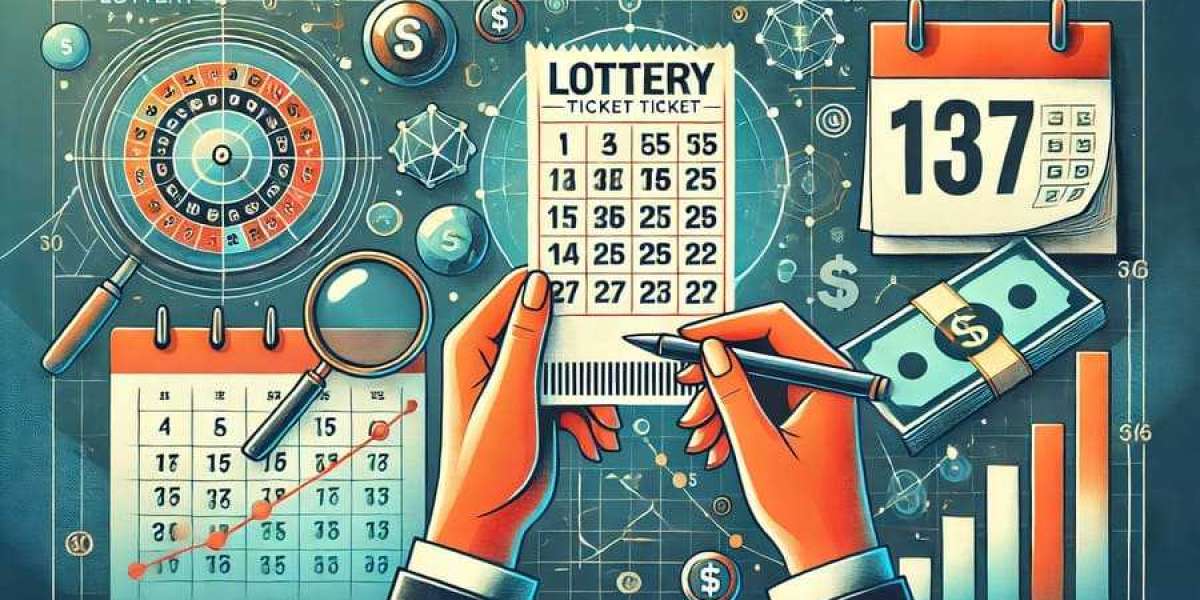With the advent of Binance trading bots, automated strategies have become more sophisticated and popular among traders. Backtesting your trading strategy on a Binance bot can yield important insights into its potential effectiveness, helping you fine-tune your approach before deploying real capital. This article will guide you through the steps to effectively backtest your strategy on a Binance bot enhancing your trading success.
What is Backtesting?
Backtesting is the process of testing a trading strategy against historical market data to determine how well it would have performed if executed in real-time. By simulating trades based on past price movements, traders can assess the feasibility, profitability, and risk factors of their strategies. Backtesting provides valuable feedback, allowing traders to make data-driven decisions before risking actual funds.
Why Backtest Your Trading Strategy?
Identify Strengths and Weaknesses: Backtesting reveals the strengths and weaknesses of a strategy, enabling traders to refine their approach based on empirical evidence.
Improve Strategy Confidence: Knowing how a strategy has performed in various market conditions can boost a trader's confidence when executing trades with real funds.
Optimize Parameters: Analyzing the results of backtesting can help traders optimize parameters in their strategies, leading to improved performance over time.
Developing a Winning Edge: It helps traders discern patterns and trends that can be leveraged for future profitability, equipping them with a more robust trading methodology.
Steps to Backtest Your Strategy on Binance Trading Bots

Step 1: Define Your Trading Strategy
Before diving into the backtesting process, clearly define your trading strategy. This includes:
Entry and Exit Signals: Specify the conditions under which you will open and close trades. This could be based on technical indicators, price levels, or market sentiment.
Risk Management: Outline your risk management strategies, including stop-loss orders and position sizing.
Timeframe: Determine the trading timeframe for your strategy (e.g., short-term, swing trading, long-term). Different strategies may perform better over specific timeframes.
Step 2: Choose a Binance Trading Bot
Several Binance trading bots in the market can assist you in backtesting your strategy. Choosing the right one is critical to effectively analyzing your performance.
User-Friendly Interface: Look for a bot with an intuitive interface that simplifies the setup and backtesting process.
Backtesting Features: Ensure the bot has comprehensive backtesting options, including the ability to customize settings and analyze the results.
Integration with Binance: Select a bot that seamlessly integrates with the Binance exchange to facilitate real-time data retrieval.
Platforms like VELES specialize in creating personalized trading bots and may provide built-in backtesting capabilities, making it easier for you to evaluate your strategies.
Step 3: Gather Historical Data
Accurate historical data is essential for effective backtesting. Most trading bots will allow you to access historical price data directly from Binance. Ensure you gather enough data to assess the performance of your strategy across various market conditions.
Timeframe of Data: Depending on your strategy, choose the appropriate timeframe—daily, hourly, or minute-by-minute data. Longer datasets provide more comprehensive insights but may also introduce noise.
Quality of Data: Ensure that the data source is reliable and includes all necessary market factors, such as price, volume, and open/close information.
Step 4: Set Up the Backtesting Environment
After defining your strategy and gathering the necessary data, it's time to set up your backtesting environment in the Binance bot.
Input Your Strategy: Use the bot's interface to input the specific parameters of your trading strategy, including entry and exit signals, stop-loss levels, and any technical indicators you plan to use.
Configure Backtesting Settings: Customize backtesting settings, including the desired start and end dates for analysis and the specific trading pair you want to evaluate.
Step 5: Run the Backtest
Once your strategy and configuration are in place, run the backtest using the bot. During this process, the bot will simulate trades based on historical data according to your defined strategy.
Monitor Progress: As the backtest runs, observe its progress. Some bots will provide real-time feedback and updates on trade execution.
Allow Sufficient Time: Ensure that the backtest runs long enough to capture a variety of market conditions. A thorough analysis typically involves running the simulation over different market cycles.
Step 6: Analyze the Results
After completing the backtest, it’s time to analyze the results. Most Binance bots will provide detailed reports on trade performance, which can include metrics such as:

Win Rate: The percentage of winning trades relative to losing trades.
Profit Factor: The ratio of gross profit to gross loss, providing insight into the overall profitability of the strategy.
Maximum Drawdown: The largest peak-to-trough decline in the account balance, indicating the amount of risk involved.
Sharpe Ratio: A measure of risk-adjusted return, helping you understand the return relative to the risk taken.
Use these metrics to evaluate your strategy's effectiveness. Identify patterns or situations where the strategy underperformed and consider adjustments.
Step 7: Optimize Your Strategy
Based on your analysis, make necessary adjustments to your strategy to improve performance. This could involve changing entry and exit signals, updating risk management parameters, or refining trading criteria.
Iterative Process: Backtesting is an iterative process. Repeat the backtesting procedure after each adjustment to determine the impact of changes.
Explore Variations: Experiment with different strategies or combinations of technical indicators to identify winning approaches.
Step 8: Paper Trade Before Live Trading
Once you have refined your strategy through backtesting, it’s wise to complete a phase of paper trading. This involves executing the strategy in a simulated environment without risking real capital, further ensuring its viability before deploying capital into live trading.
- Test in Real-Time: Paper trading allows you to assess how your strategy performs in real-time market conditions, providing insights into execution speed and possible slippage.
Conclusion
Backtesting is an essential component of developing a successful trading strategy, particularly in the fast-paced world of cryptocurrency trading. By effectively utilizing a Binance bot and following the outlined steps, you can assess the performance of your strategy against historical data, making informed decisions based on empirical evidence. As you refine your strategy, platforms like VELES provide the tools and flexibility needed to adapt and thrive in the dynamic cryptocurrency market. Ultimately, the combination of diligent backtesting and strategic planning will help you become a more confident and successful trader in the ever-evolving crypto landscape.







